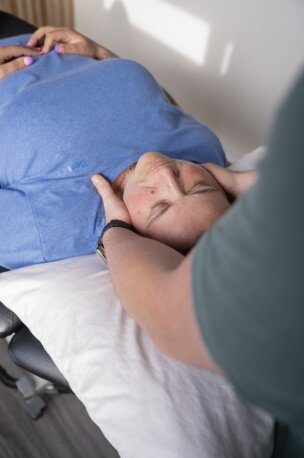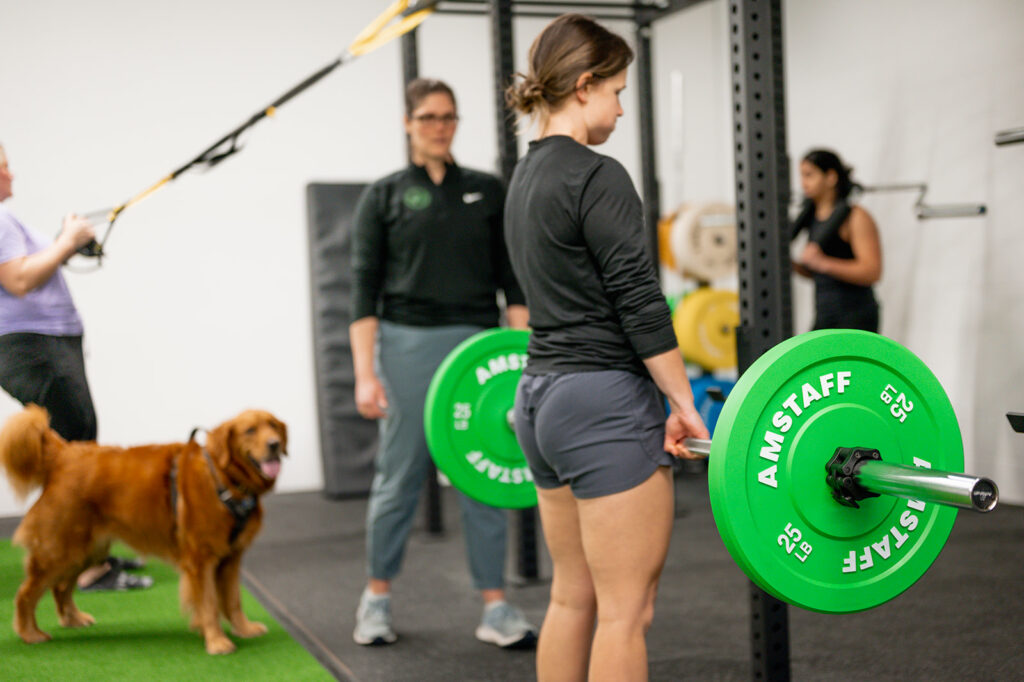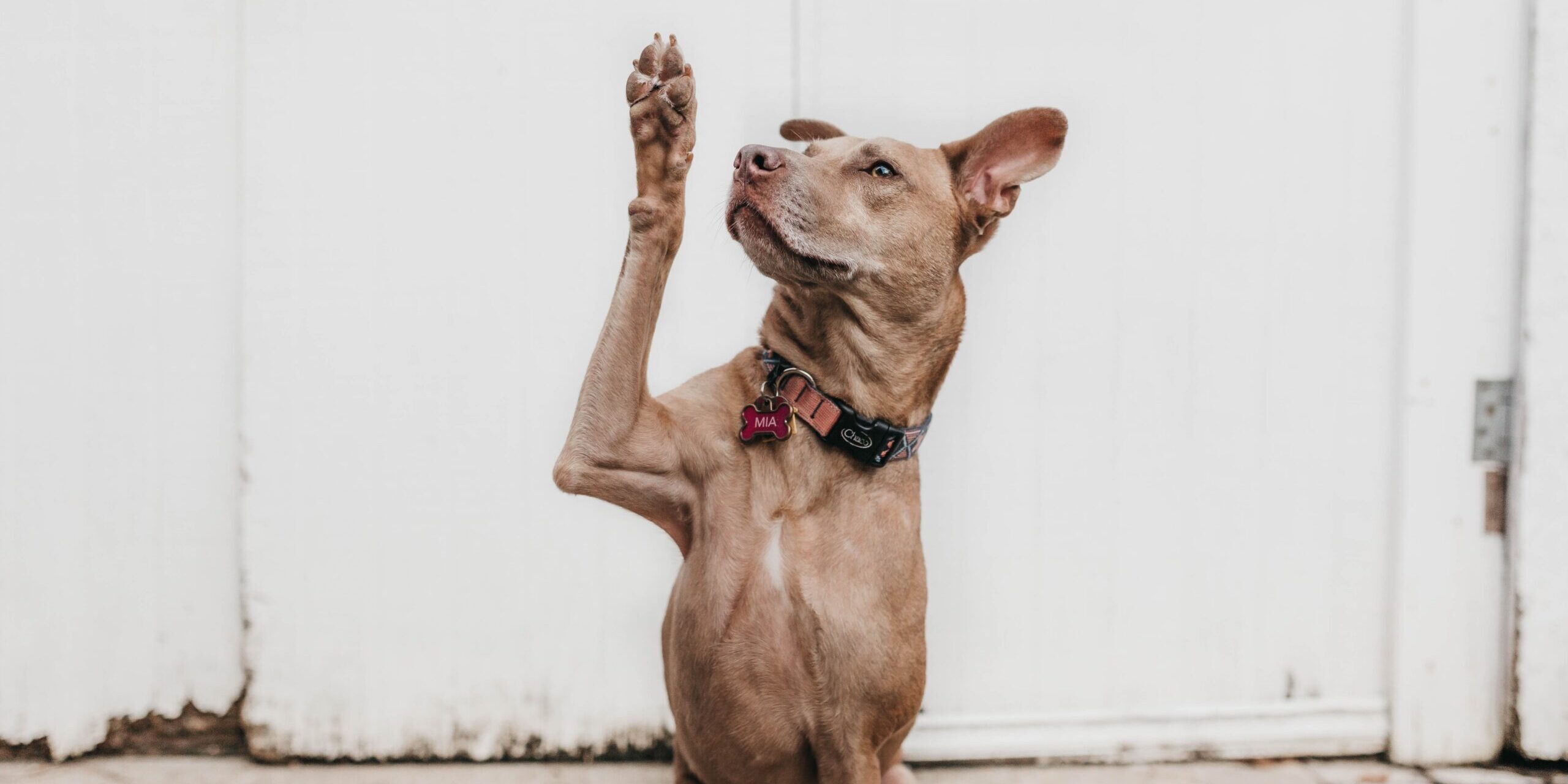A collaborative rehabilitation framework involving the dual-discipline support of Physiotherapy, Athletic Therapy and Kinesiology to assist the athlete’s journey from injury to performance.
Last week we posted Part 1 of the blog series. Here, we established factors involved in the working relationship of an Athletic Therapist, Kinesiologist and Physiotherapist when supporting an athlete’s return to performance (RTP), specifically in relation to the assessment and planning aspects of rehabilitation.
This is Part 2 of this blog series which explores how Athletic Therapist and Kinesiologist and Physiotherapy practitioners effectively apply their collective skill sets, break down and analyze movement tasks, applying exercise prescription knowledge to achieve the desired outcome.

Prioritize and Program – Performance Task Breakdown:
The ‘Prioritize and Program’ aspect of this process requires robust foundation knowledge of the task the athlete is returning to, breaking this down to its constituent parts anatomically and physiologically.
Athletic Therapists, Kinesiologists and Physiotherapists are well placed in problem solving this collaboratively. By reverse engineering the task, it is possible to jointly agree on the areas of adaptation required. This can be done by first looking at the performance demand and then the performance actions. Subsequently, it is important to establish the biomechanical factors involved in completing the performance task and therefore identify the adaptation requirements to achieve this.
Prioritize and Program – Achieving the Targeted Adaptation:
A lack of clarity on the specific physical outcomes results in programs that may be inappropriately aligned to the athlete’s needs. Examples include a lack of preparation for exercise program progressions and an overly general and vague program with not enough specific content to drive an adaptive response physically. Recognizing what type of adaptation is needed to bridge the gap between the athlete’s current anatomical and physiological capabilities and the performance task requirements, can help effectively prioritize and program the rehabilitation. The team of clinicians should jointly discuss what to target.

Prioritize and Program – Exercise Selection:
There are endless choices of exercises, drills and activities that can be used during rehabilitation to obtain adaptive responses to the human body. Once clarity is gained regarding the adaptive priorities required, the selection of exercises can become clearer through a ‘funneling’ process. This allows Athletic Therapists, Kinesiologists and Physiotherapists to determine the appropriateness and importance of an exercise within a rehabilitation program.
The exercise selected can be progressed and regressed across the parameters to work towards tasks that resemble the demands of the sporting actions. It also involves selecting tasks suitable for the stage of the athlete’s injury and ensuring the removal of any unsafe tasks from the program. Collaborative discussions between the Athletic Therapist and Kinesiologist and Physiotherapist, as well as the athlete should occur to agree on the program, covering the athlete’s performance priorities and ensuring engagement and buy-in across all stakeholders.
Conclusion
These processes are fundamental in selecting training tasks and exercises tailored to the athlete’s needs, facilitating their progress toward returning to performance (RTP). While these processes may require time to complete, they are essential to specific rehabilitation training and achieving successful rehab outcomes.






